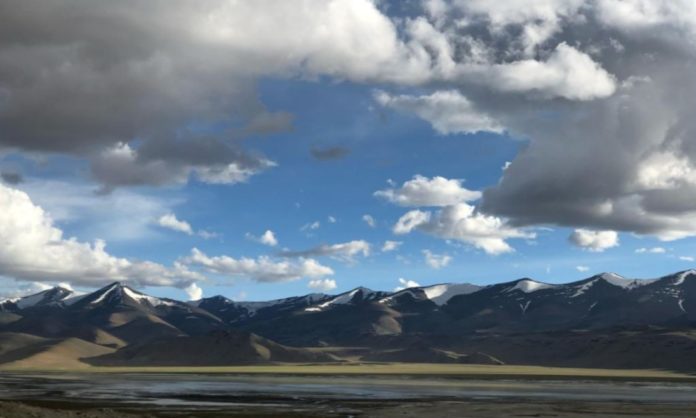New Delhi (NVI): In a significant development, India has added Tso Kar Wetland Complex in Ladakh as its 42nd Ramsar site, which is a second one in the Union Territory, the Environment Ministry said today.
Tso Kar recognized as wetland of international importance on the list of Ramsar site is at 4,500 meters above sea level in the Changthang region of Ladakh.
Taking to Twitter, Union Environment Minister Prakash Javadekar shared this information and expressed his happiness.
“Happy to share that high-altitude wetland complex in Changthang region of Ladakh is recognised as wetland of international importance. The complex is a notable example of two connected lakes, the freshwater Startsapuk Tso and the hypersaline Tso Kar. Now, India has 42 Ramsar sites,” Javadekar tweeted.
Happy to share that high-altitude wetland complex in Changthang region of #Ladakh is recognized as wetland of international importance. The complex is a notable example of two connected lakes, the freshwater Startsapuk Tso & the hypersaline Tso Kar.
Now, India has 42 Ramsar sites pic.twitter.com/FMGAKxjqof— Prakash Javadekar (@PrakashJavdekar) December 24, 2020
In a official statement, the Ministry of Environment stated, “Tso Kar Basin is a high-altitude wetland complex, consisting of two principal waterbodies, Startsapuk Tso, a freshwater lake of about 438 hectares and Tso Kar itself, a hypersaline lake of 1,800 hectares, situated in the Changthang region of Ladakh, India.”
The name Tso Kar means the white salt efflorescence found on the margins due to the evaporation of highly saline water, the statement added.
It is an A1 category Important Bird Area (IBA) as per Bird Life International and a key staging site in the Central Asian Flyway. The site is one of the most important breeding areas of the Black-necked Crane (Grus nigricollis) in India.
Tso Kar is also the major breeding area for Great Crested Grebe (Podicepscristatus), Bar-headed Geese (Anserindicus), Ruddy Shelduck (Tadornaferruginea), Brown-headed Gull (Larusbrunnicephalus) and many other species.
The aim of the Ramsar list is “to develop and maintain an international network of wetlands which are important for the conservation of global biological diversity and for sustaining human life through the maintenance of their ecosystem components, processes and benefits,”the ministry noted.
Further, wetlands provide a wide range of important resources and ecosystem services such as food, water, fibre, groundwater recharge, water purification, erosion control among others.
They are a major source of water and main supply of freshwater comes from an array of wetlands which help soak rainfall and recharge groundwater. However, the ministry would be working closely with the UT Wetland Authority to ensure wise use of this site, the statement read.
-RJV








